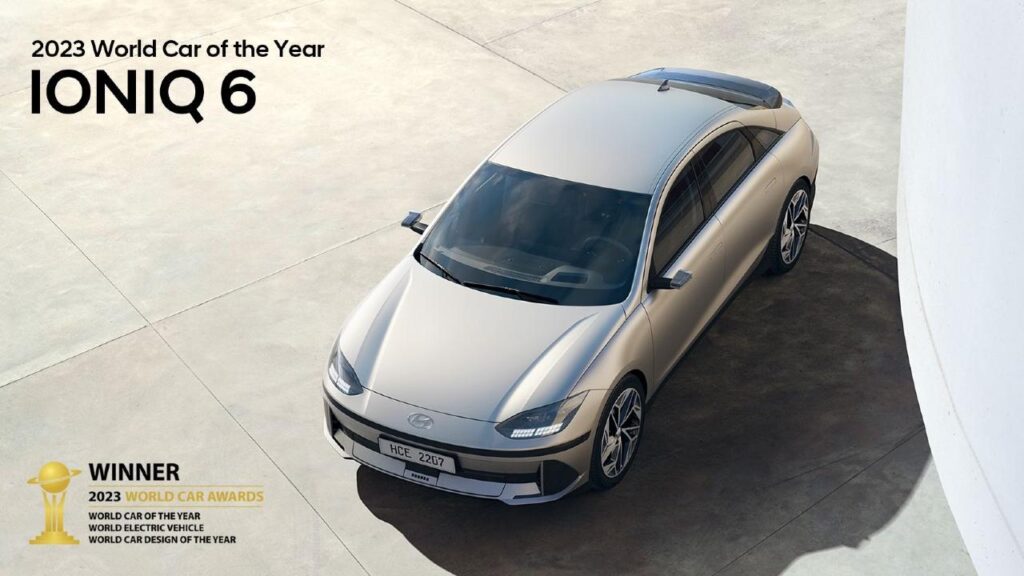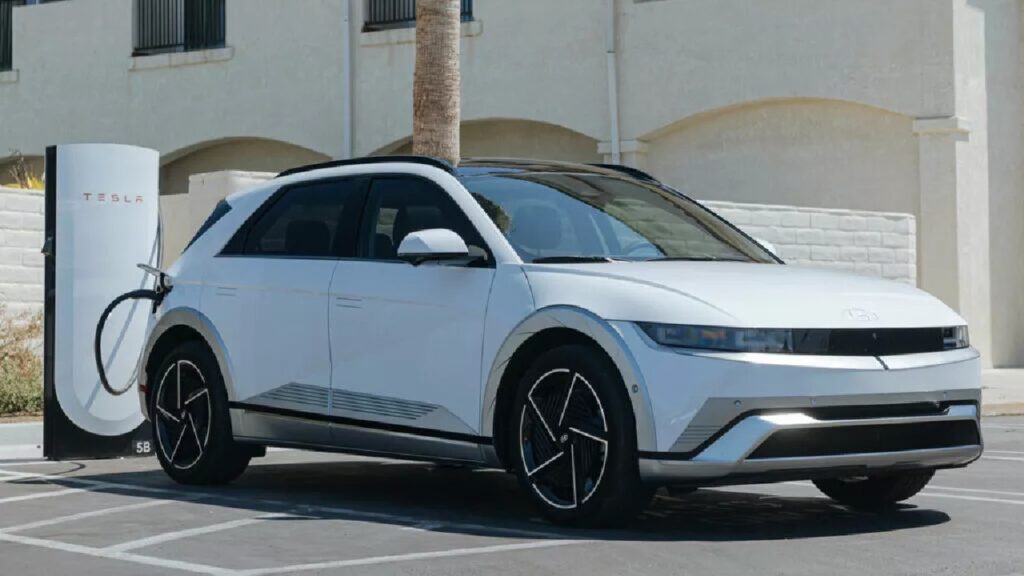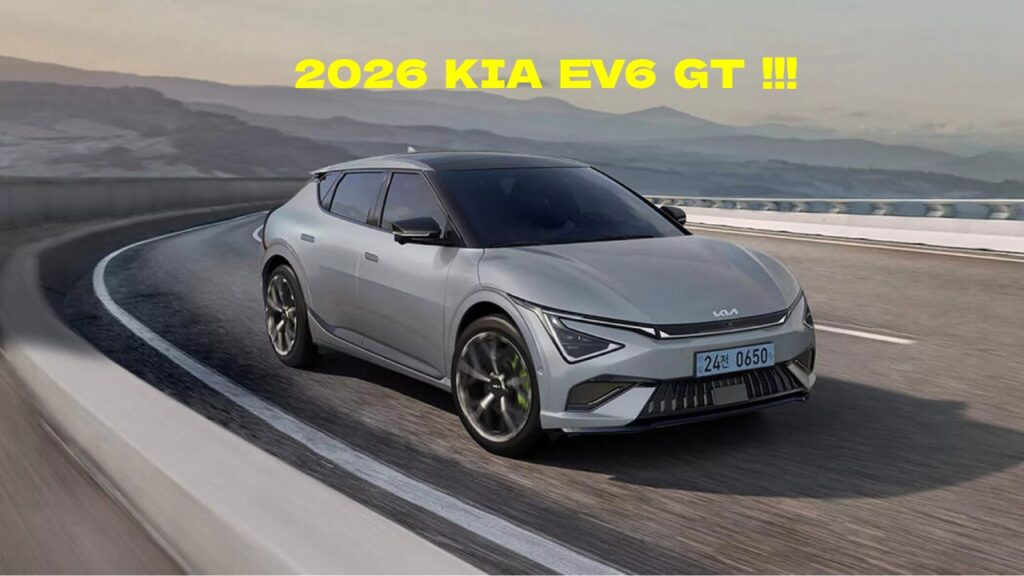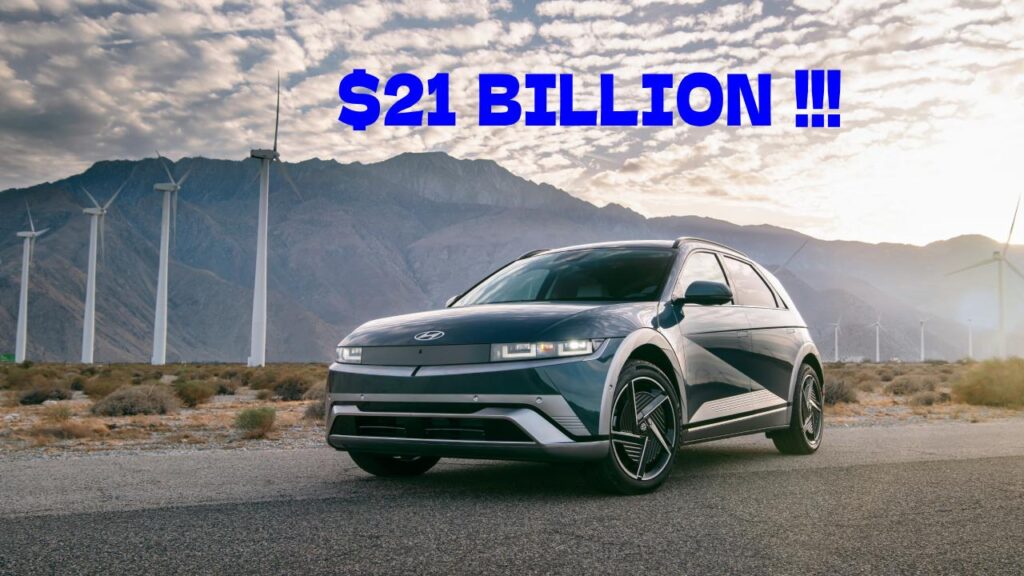Hyundai To Launch New EV Brand In China; Plans 5 EVs In 3 Years
The South Korean auto giant is prepping a new electric car brand to grab a significant chunk of the burgeoning Chinese EV market. Hyundai is planning a new EV brand in collaboration with Beijing Motor Corp (BAIC) just for China. The Korean auto maker has been reeling under the aftermath of dwindling sales in the largest EV market in the world, China. For reference, back in 2017, Hyundai sold 1.6 million cars in China which was around 7% market share. This number now stands at just 250,000 units, or less than 1%. In fact, Hyundai even sold its Chongqing factory for $225 million after sustaining losses worth $598 million in 2022, as per The Korea Economic Daily. Almost on the brink of exiting the Chinese market, Hyundai has decided to deploy a different strategy. It will launch 5 new China-specific EVs within the next 3 years under the joint venture with BAIC. These will bear different components and design philosophy than the acclaimed IONIQ series from Hyundai. You might also like: MWM Spartan EV 2.0 Offers G-Wagon-Like Capabilities Based On Indian Force Gurkha New Hyundai EV Brand For China Interestingly, the partnership between Hyundai and BAIC dates back to 2002. At the time, the two companies established a JV to set up a car plant in China. Those cars were supposed to be produced under BAIC’s Arcfox brand. However, those plans fell through. Now, the two companies will adopt a new strategy to resurrect Hyundai in China with the project which is codenamed OE RE. As per the same report, Hyundai Motor Group’s Executive Chairman, Chung Euisun, wishes to grab a significant chunk of the largest EV market on the planet. He commissioned this project after riding the Zeekr EV. Zeekr is a luxury EV car marque under the Geely Holding Group. He asked Hyundai employees to learn from the success of Chinese players. Now, we know that cost plays the deciding role in the success of cars in China. As a result, Hyundai plans to equip its new EVs in China with LFP batteries. That will ensure a competitive price range to rival the Chinese EVs. You might also like: How Is Formula E Helping Legacy Carmakers Build Better EV Technologies? Learn Electric Cars Says Hyundai is a prominent global automotive player. Its EVs like IONIQ 5 and IONIQ 6 are instant hits across many international markets. Hyundai Motor Group is the parent company to Kia and Genesis. Even their EVs have achieved immense success in many parts of the world. That is what makes it so surprising that the South Korean carmaker is unable to crack the code for the Chinese market. Hopefully, with this new strategy of launching relatively affordable EVs in partnership with BAIC, it will be able to revive its depleting sales. We shall keep an eye out for further developments in this case.










